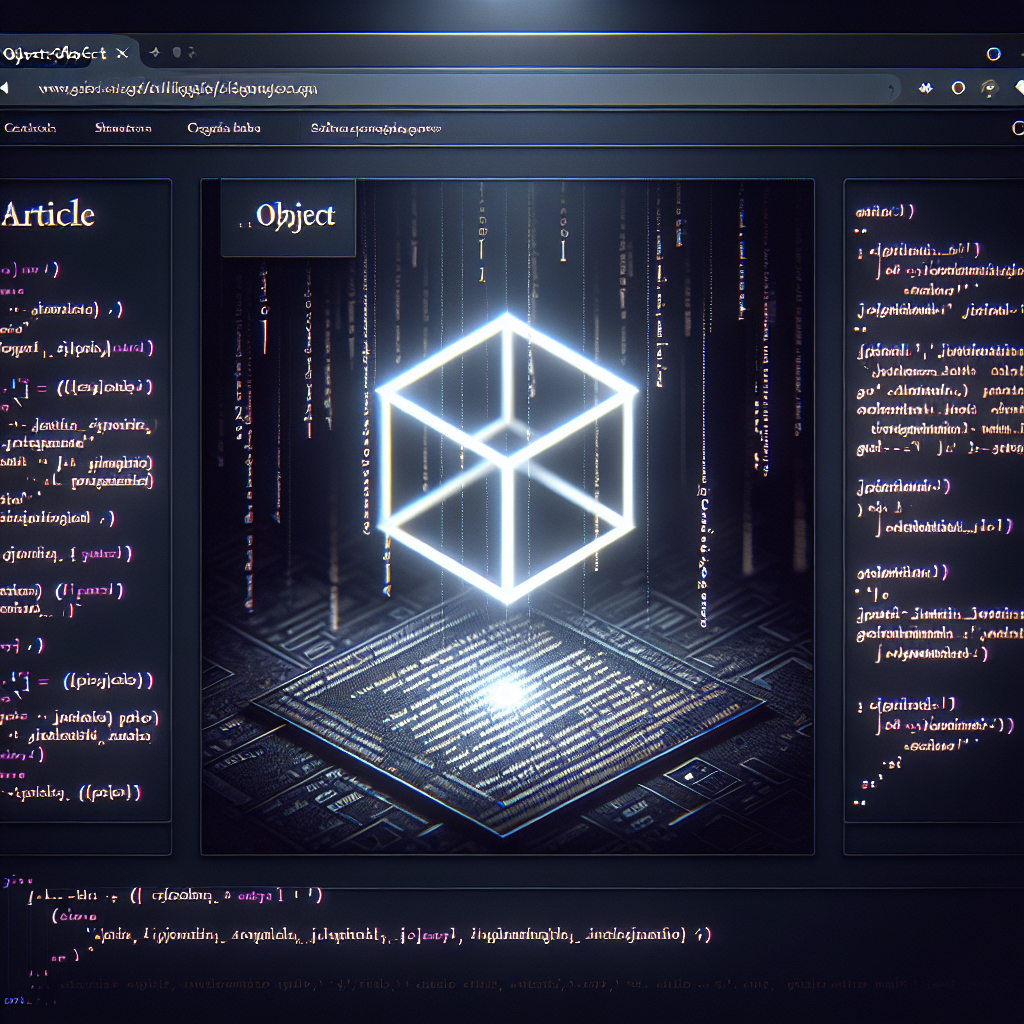
Summary: IBM has addressed critical security vulnerabilities in its enterprise storage products, including authentication bypass (CVE-2025-0159) and remote code execution (CVE-2025-0160) flaws affecting FlashSystem, SAN Volume Controller, Storwize, and Storage Virtualize platforms. The Dutch NCSC rates these as medium probability/high impact risks requiring immediate patching.
Critical Security Updates for IBM Storage Infrastructure
IBM has released security patches for multiple vulnerabilities in its enterprise storage product line that could allow attackers to bypass authentication mechanisms and execute arbitrary Java code remotely. The affected products include:
- IBM FlashSystem (5000/5100/5200/5300/7200/7300/9100/9200/9500 series)
- SAN Volume Controller
- Storwize
- Storage Virtualize platforms
The vulnerabilities, tracked as CVE-2025-0159 (authentication bypass) and CVE-2025-0160 (remote code execution), were disclosed by the Dutch National Cyber Security Centre (NCSC) with a medium probability of exploitation but high potential damage rating.
Technical Details of the Vulnerabilities
The vulnerabilities reside in the RPCAdapter service of IBM FlashSystem components, enabling two primary attack scenarios:
1. Authentication Bypass (CVE-2025-0159)
- Attackers can craft special HTTP requests to bypass RPCAdapter authentication
- Successful exploitation grants unauthorized access to sensitive systems
- Classified as “Authentication Bypass Using an Alternate Path or Channel”
2. Remote Code Execution (CVE-2025-0160)
- Allows execution of arbitrary Java code via network attacks
- Requires access to the RPCAdapter service port
- Classified under “Process Control” vulnerabilities
Affected Versions and Patches
| Product Series | Vulnerable Versions | Patched Versions |
|---|---|---|
| FlashSystem 5000/5100/5200/5300 | Versions below 8.5.0.14, 8.6.0.6, 8.7.0.3, and 8.7.2.2 | 8.5.0.14, 8.6.0.6, 8.7.0.3, 8.7.2.2 |
| FlashSystem 7200/7300 | Same as above | Same as above |
| FlashSystem 9100/9200/9500 | Same as above | Same as above |
Risk Assessment and Mitigation Strategies
Potential Attack Vectors
While the RPCAdapter service is typically internal-facing, several exposure scenarios exist:
- Lateral movement from compromised internal systems
- Network misconfigurations exposing service ports
- Insider threats with legitimate access
Detection Indicators
Security teams should monitor for:
- Unusual HTTP traffic to RPCAdapter ports
- Unexpected Java process execution
- Authentication anomalies in service logs
Recommended Actions
- Apply patches immediately using IBM’s security bulletin
- Restrict network access to RPCAdapter services
- Enhance monitoring of storage system authentication
- Review service configurations for unnecessary exposures
Strategic Security Implications
These vulnerabilities present significant concerns for:
- Storage administrators managing critical infrastructure
- Security teams coordinating patching efforts
- Audit teams verifying network segmentation
The NCSC advisory warns that successful exploitation could lead to “unauthorized access to sensitive data and systems,” potentially compromising business-critical storage environments.
Conclusion
IBM’s prompt response highlights the ongoing security challenges in enterprise storage systems. While the attack vector requires specific conditions, the potential impact warrants immediate attention from affected organizations. Security teams should prioritize patching and verify proper network segmentation of storage management interfaces.





